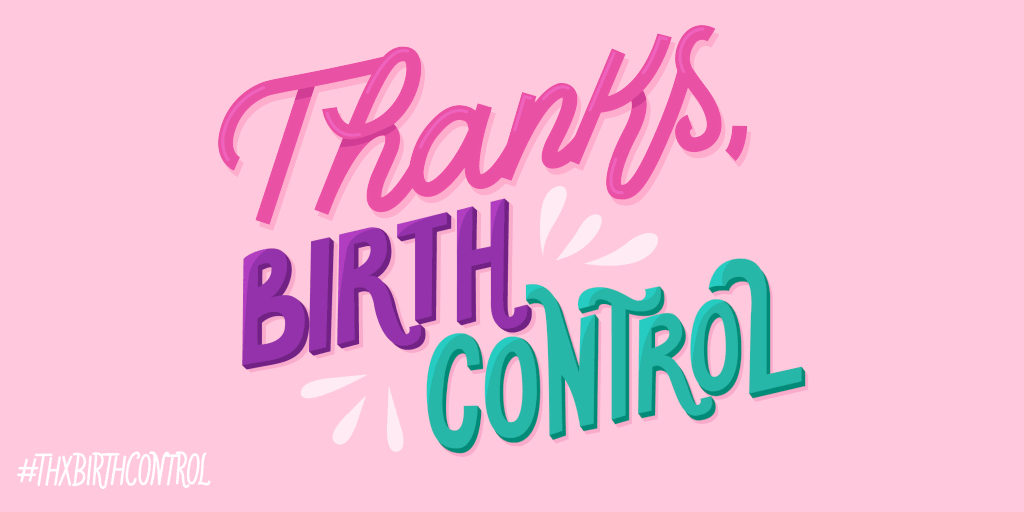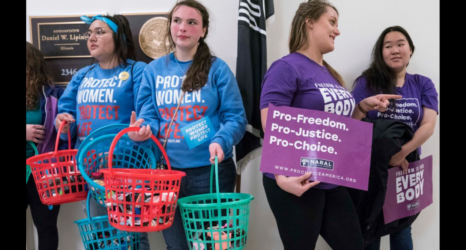
Let’s take a second to imagine what a world without birth control would look like.
Obviously, there would be more unintended pregnancies. In fact, a lack of birth control entirely would result in an estimated 308 million more unintended pregnancies annually among all women of reproductive age in developing regions alone. Globally, that amounts to an even scarier number.
Without birth control, women would also lose the ability to plan their own futures. According to one survey, 64 percent of respondents said that birth control helped them extend their education, 71 percent said it helped them support themselves financially and 77 percent said it helped them take care of themselves or their families.
Since access to the pill has been found to be the most influential factor in enabling women already in college to stay in college, more women would drop out of college. If fewer women earned college degrees, they’d have a harder time finding stable jobs with a stable income. Women’s wages would be 33 percent lower than they already are, and women would not be the breadwinners in 40 percent of households. Family incomes would fall, and the economy would suffer.
Yet access to birth control is not guaranteed here in the United States, or around the world—despite the many benefits birth control has granted families since its FDA approval in 1960, and despite the profoundly positive impact birth control has had on women’s lives around the world. In fact, states around the country are limiting access to birth control by forcing closures of clinics.
Women clearly want easy access to birth control. According to a 2019 Power to Decide poll, a whopping 82 percent of women between 18 and 34 years old think birth control should be considered a basic part of women’s healthcare. And it is—birth control is a critical and necessary part of health care that enables women to control much more than their menstrual cycles, including their broader health conditions, goals, careers and life planning. It literally provides the power to decide.
Hormonal birth control—including the pill, patch, ring, shot, implants and some IUDs—also offers a range of benefits beyond pregnancy prevention. More than 1.5 million women rely on the pill for non-contraceptive purposes, as it also alleviates a range of immediate health problems and reduces progression and complications of conditions, like endometriosis or polycystic ovary syndrome, that can cause worsening symptoms and infertility in the future. It helps women reduce pain during periods, and it can help manage symptoms from health conditions like endometriosis, ovarian cysts, uterine fibroids, iron deficiency and a slew of other issues. By giving women control over if and when they want to get pregnant, birth control can also help lower infant and maternal mortality rates, mother-to-child HIV transmission rates and abortion rates.
We’ve heard of patients encountering all kinds of barriers before finding our service. According to an internal survey, 70 percent of our patient base has struggled to access birth control at some point in their lives. From a patient whose Utah-based doctor implied that she shouldn’t be sexually active because she wasn’t married, to the 18 year-old patient who had to wait to go away to college before she could get birth control because her parents wouldn’t allow it, there’s no shortage of reasons women are blocked from managing their reproductive health.
The more women talk about this issue and openly share how birth control improve their lives, the easier it will be to fight against those who want to drag us back to the past. But it’s not just a women’s narrative.
Society at large needs to understand the benefit of and advocate for universal contraception access. And we all need to fight to expand it.
Simple Health has donated $25,000 to Power to Decide’s BCBenefits, a contraception access fund that helps low income women to overcome some of the most common barriers to accessing contraception, including transportation, child care and unpaid time off work.
If you’re interested in learning more or donating, click here.





